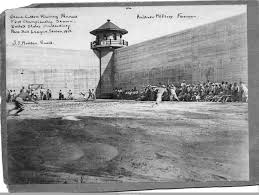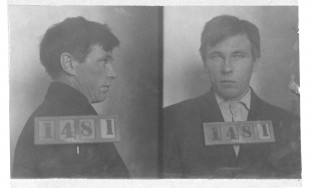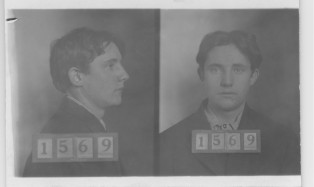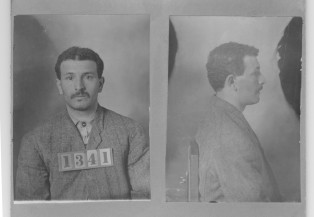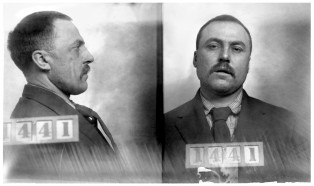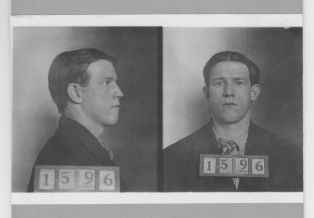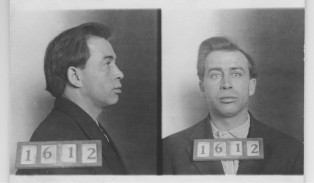Last chance to enter to win a copy of
The Lady Was a Gambler: True Stories of Notorious Women of the Old West
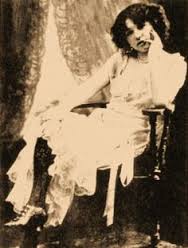
Cardsharps were looked down upon by polite, upstanding citizens, as was gambling as a whole. The women who ran gambling parlors were accused of being many things, including thieves, home wreckers, and prostitutes. Along with roulette, craps, and poker, their activities were noted as the chief reason for the downfall of morality. By 1860 the games of faro and roulette were banned in California. Gamblers, both male and female, were being forced out of the “profession.”
At one time or another all the women included in the book The Lady Was a Gambler were living on the fringes of the law. Civic groups opposing gambling on moral grounds fought to make it illegal. Those high rollers in ball gowns who refused to comply with the law found creative ways to keep the bets alive. Madame Vestal conducted business from inside an oversized wagon that could be moved whenever the authorities came near. Belle Cora disguised her illegal activities to look like simple neighborhood parties. Alive Ivers, better known as Poker Alice, took up the profession in 1865 and continued in the business for more than sixty years. Government mandates against gambling did not stop the notorious faro dealer from playing the game. She died broke at the age of seventy-nine. “I gambled away fortunes,” she once told a friend, “but I had a ball doing it.”
To learn more about these notorious women gamblers read
The Lady Was a Gambler: True Stories of Notorious Women of the Old West


